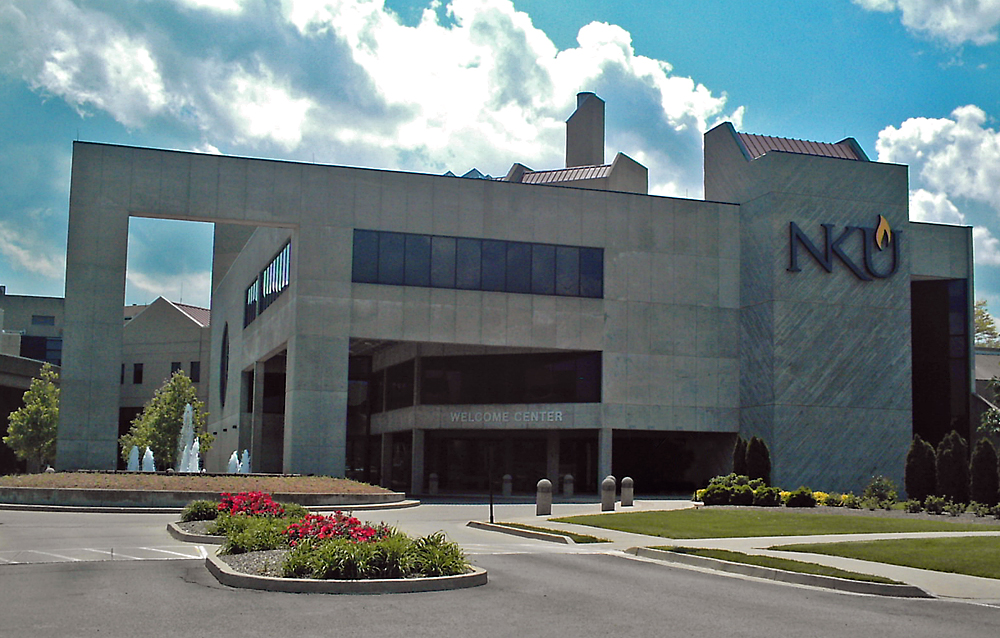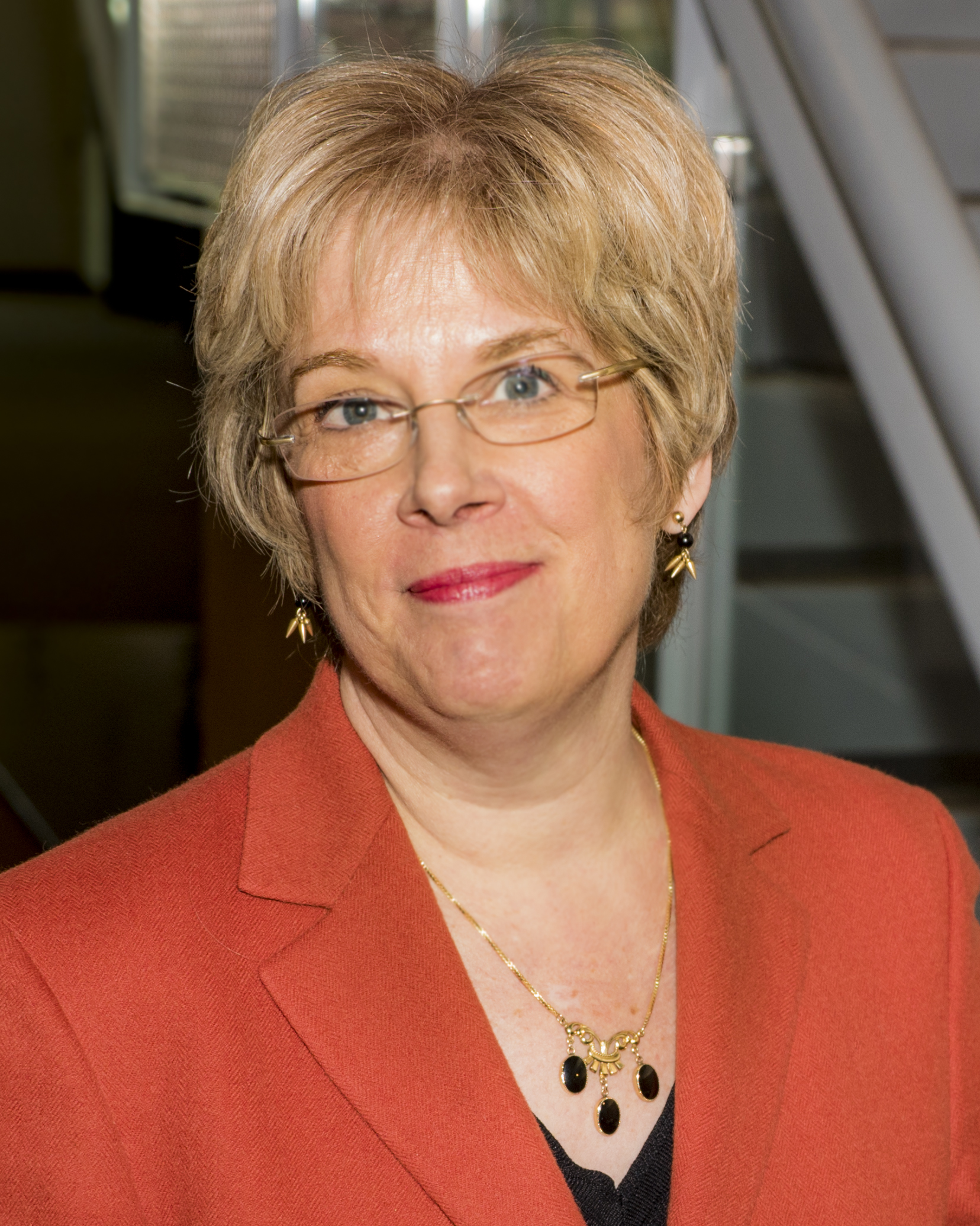System/Policy
Wyoming station trims jobs due to state funding cutback
The university licensee receives 60 percent of its approximately $3.4 million annual budget from the state.Pennsylvania public TV station takes over commercial video firm
“This is one way for public media to develop alternative revenue streams,” WLVT CEO Tim Fallon said.University weighs options for WNKU after plan for self-sufficiency falls short
The potential sale is part of a plan to reduce the school’s budget by $8 million next fiscal year.State cuts support to Mississippi Public Broadcasting
State funding made up about 65 percent of MPB’s budget this fiscal year.MPR newsroom plans union vote
SAG-AFTRA would represent the employees.Email shows KUOW saw ‘no sound business vision’ for Jazz24
KUOW was considering the fate of Jazz24 even before its purchase of KPLU was announced.Wisconsin station trumps St. Louis with claim to first weather forecast
Competing claims surfaced after we raised the subject.ATSC spells progress for public television
A new TV broadcast standard will enhance consumers’ viewing experience and use a portion of spectrum to speed the digital revolution.Pubcasters press for relief on FCC rule requiring board data
Stations fear the new rule could discourage board participation.KUSP-FM board recommends sale as station cuts entire staff
Members of the station's foundation will vote on the sale Wednesday.TV station leader sees strong future in building community, face to face
WITF’s Kathleen Pavelko on the importance of “the oldest and most old-fashioned platform ever.”Clearing target for spectrum auction signifies strong interest, possible high payouts
The FCC also announced a starting date for the auction.Community group cites value of reduced staff costs in bid for KPLU
The proposal would lower the amount Friends of 88.5 FM needs to raise by June 30.Radio’s first spoken weather forecast, brought to you by St. Louis University
Though documents disagree on the exact date, most record April 27, 1921, as the date of the first voice transmission of a ...A station CEO on the struggle to find public TV’s “driving force”
Steve Bass of Oregon Public Broadcasting reflects on the relationship of PBS and its member stations in the face of digital disruption.







